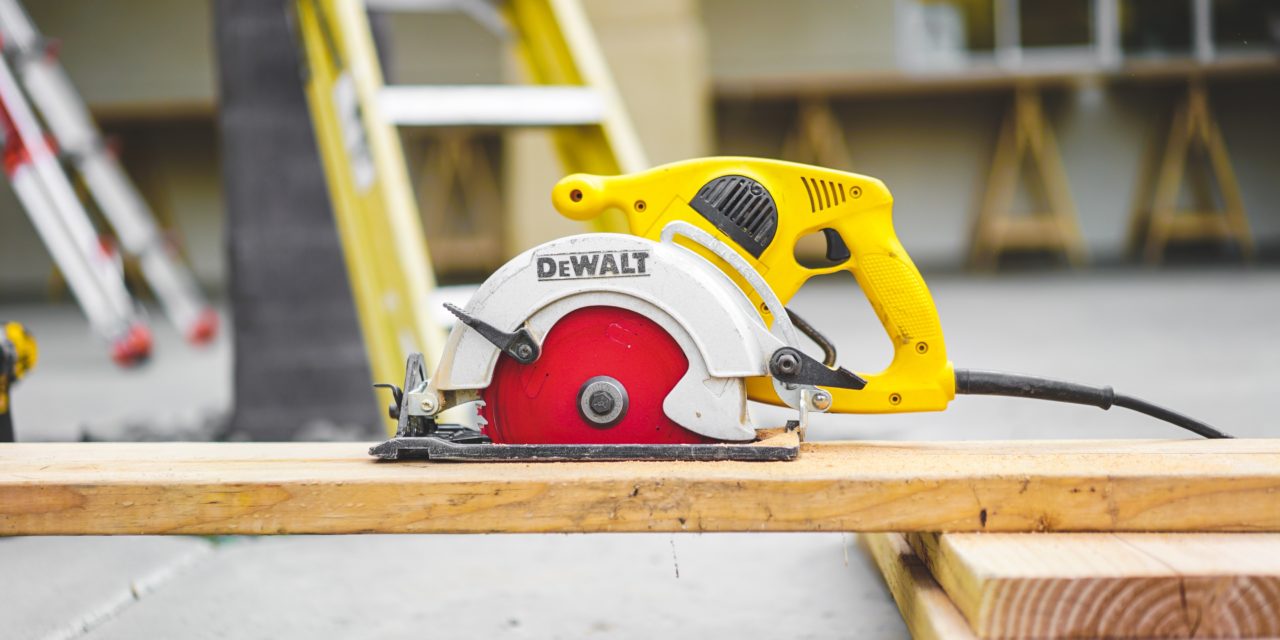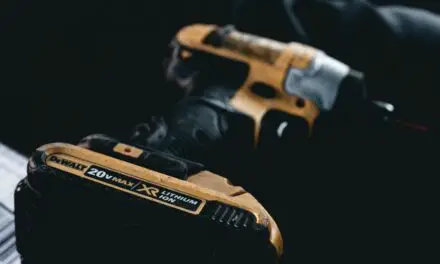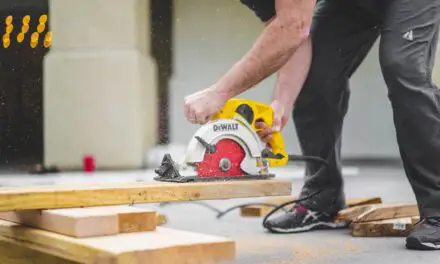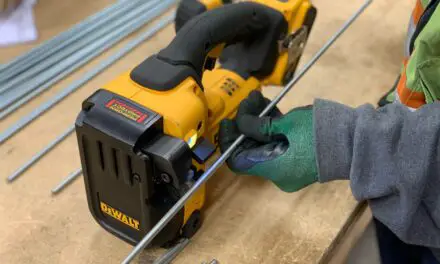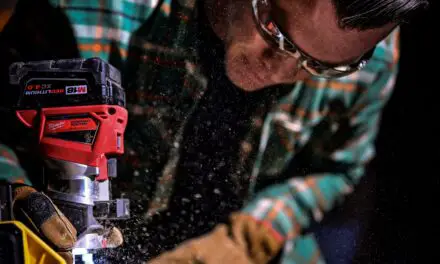Circular saws can be used in a variety of projects and industries. They can cut everything from meat to wood and everything in between. Circular saw blades are always made from some type of metal and are usually hardened for extra strength. But, exactly what type of metals are circular saw blades made of?
Circular saws are almost always made of steel. However, they’re made from different types of steel depending on the saw’s intended purpose. In most cases, however, circular saw blades are made using high-carbon hardened steel to ensure the blades are hard enough to cut different materials.
Below, we’ll discuss the different types of metals circular saw blades may be made of. Keep reading to learn everything you ever wanted to know about these blades!
What Types of Metal Are Circular Saws Made From?
Circular saws are useful tools for anyone who likes to create or build anything.
There is a different circular saw for just about any material you wish to cut.
Because there are many types of circular saws for a variety of different purposes, the blades are often made from different materials.
Some of the metals used to create circular saws include:
- High carbon steel
- High-speed steel
- Steel with carbine
What they all have in common is strength.
It’s essential for these blades to be strong so they can cut through anything.
For this reason, they’re made from strong materials that go through hardening processes to make them even stronger.
Below, we’ll discuss the types of metals these blades are most often made from.
High Carbon Steel
As the name implies, high carbon steel has a higher percentage of carbon than the average piece of steel.
Metal with a higher percentage of carbon is easier to strengthen through heat treatments.
For this reason, it is a great material for creating circular saw blades.
The potential for strength increases with a higher percentage of carbon inside the metal.
High-Speed Steel
High-speed steel has become more popular in recent years, possibly even more popular than high carbon steel.
High-speed steel can withstand very high temperatures without becoming brittle or shattering.
For this reason, it’s best for cutting through materials quickly. That’s why it’s called high-speed steel!
This incredible heat resistance is the main reason high-speed steel is so popular.
It also means it’s less risky to treat the material with heat, allowing it to become as strong as possible as quickly as possible.
Steel with Carbine
Carbine-tipped circular saw blades are normally made from high carbon steel.
However, they have the added bonus of carbine tips added on the outside.
Carbine is another material that does really well with heat treatment.
It also stays sharper for longer, making it a good investment for someone who uses their circular saw professionally.
Why Are Circular Saw Blades Heat Treated?
In addition to the material circular saw blades are of, there is another factor that makes these blades strong — the heat treatment the blades receive after they’ve been cut.
Circular saw blades are often heat treated because it changes the properties of the metal to make it a lot stronger. It becomes denser and, because of that, harder.
Circular saw blades are heat treated through the following steps:
- The blade is first put close to a heat source, often inside a fire.
- The blade is heated to a temperature between 1600 and 2000 degrees Fahrenheit.
- The blade is quickly cooled to temper it, then heated once more to around 900 degrees Fahrenheit.
- The blade is cooled slowly.
- The blade is straightened, and any curves are corrected.
In the end, you have a circular saw blade that is strong enough to withstand shattering.
In addition, this process ensures the blade stays as sharp as possible for as long as possible.
In Conclusion
Circular saws allow the user to cut through a wide range of materials.
Because their blades need to be strong and durable to ensure they last a long time and cut true each time, they’re made from strong, durable steel.
Some blades are made from high carbon steel, and others are made from high-speed steel. Some manufacturers even add carbine on the outside to ensure even more strength.
After heat treatment, these materials are strong enough to withstand nearly all conditions.

